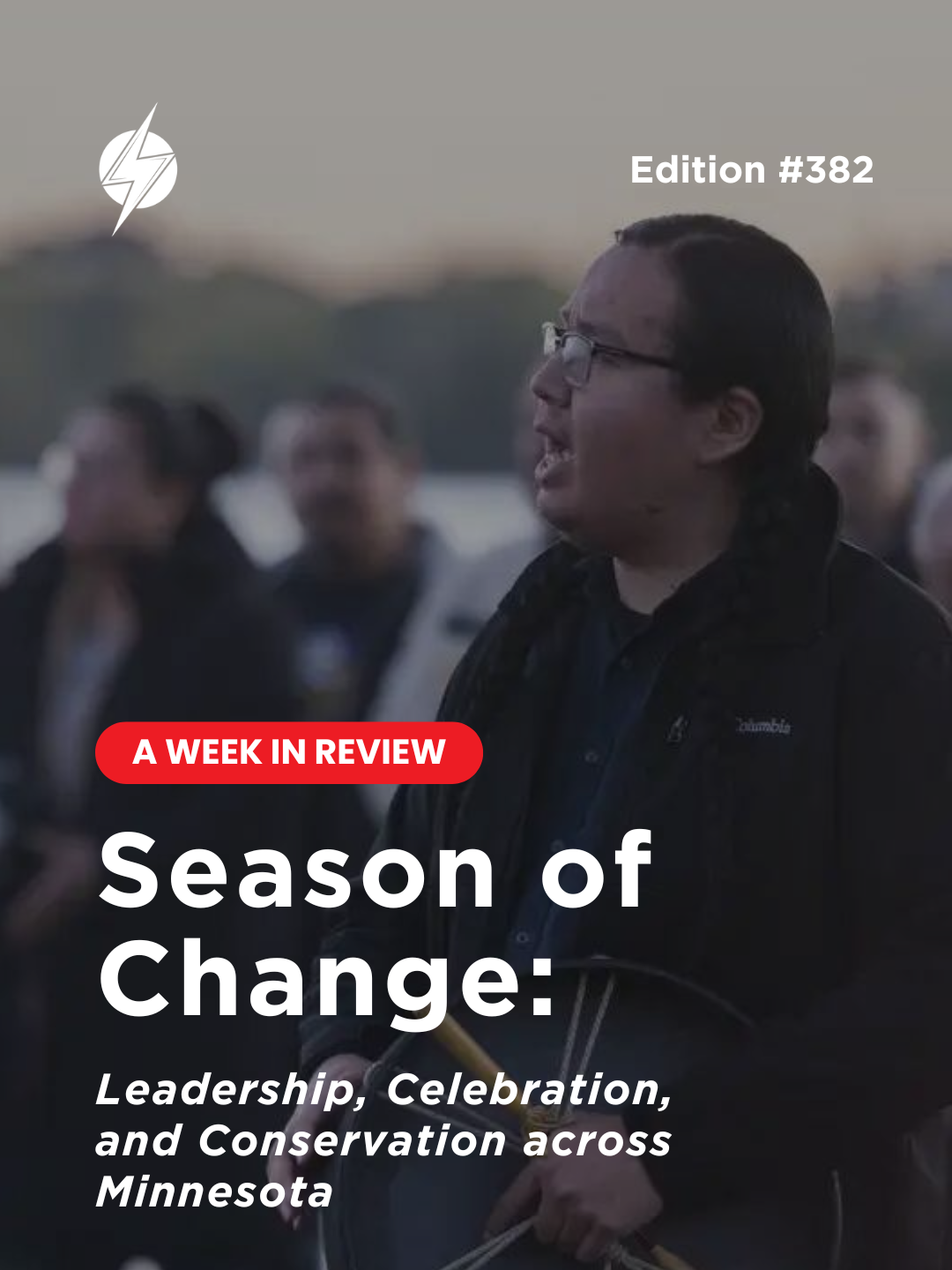This week’s edition covers stories
from October 9th to October 15th, 2025.
Today’s issue is 770 words, a 6-minute read
Hey folks, Mateo here.
You’ve probably noticed the chill settling in, funny how 50 degrees in October feels so much colder than 50 in April. As the seasons turn, Minneapolis marks new beginnings: Fire Chief Bryan Tyner retires after three decades of service, the city’s first all-Indigenous fire crew takes its post, and communities across Minnesota celebrate Indigenous People’s Day. Abroad, a fragile ceasefire in Gaza offers cautious hope, while closer to home, The Nature Conservancy secures thousands of acres of Northwoods forest to protect for generations ahead.
A Legacy of Service and a Historic
First for Minneapolis Fire
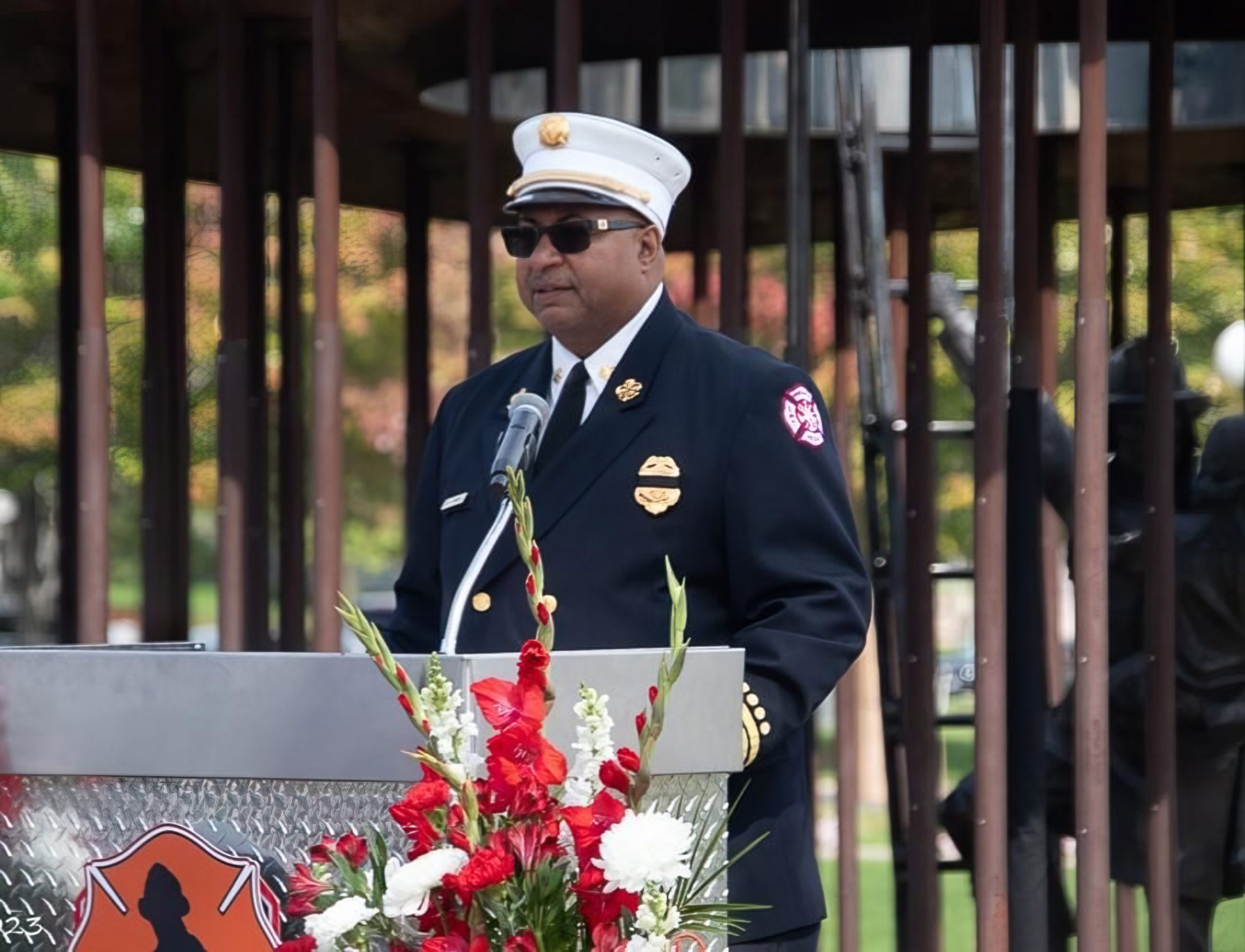
After more than 30 years of service, Minneapolis Fire Chief Bryan Tyner has announced his retirement, marking the end of an era defined by progress, compassion, and community connection. A North Minneapolis native, Tyner became the city’s second Black fire chief and led the department through pivotal moments, from the pandemic response to the launch of initiatives like Safe Station EMS Pathways, which opened doors for young people pursuing public safety careers. His next chapter will bring him back to his roots as the new Executive Director of the Phyllis Wheatley Community Center, where he will continue his lifelong commitment to service.
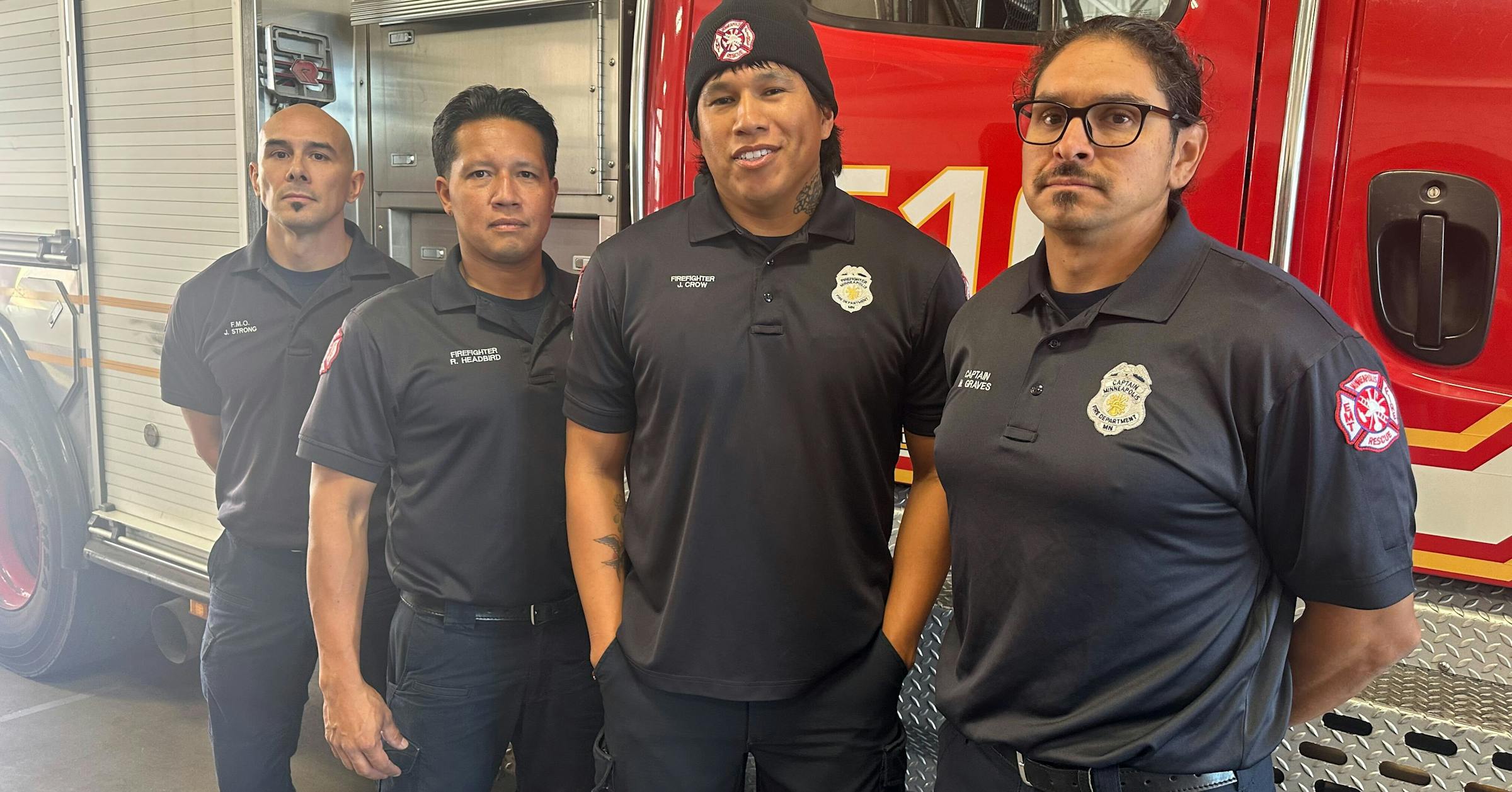
That same commitment is now reflected in the department’s new milestone: its first all-Indigenous fire crew, stationed at Fire House No. 6 near Little Earth and Franklin Avenue. Made up of firefighters from Red Lake, Leech Lake, Bois Forte, and Pine Ridge, the team represents a meaningful step toward presentation and community connection. Together, these stories celebrate the past and future of leadership in Minneapolis.
Minnesota Celebrates
Indigenous Peoples Day
Across Minnesota, communities gathered Monday to celebrate Indigenous People’s Day. The day began at sunrise on the shores of Bde Maka Ska, where the LaPointe family led a ceremony organized by the Metropolitan Urban Indian Directors. Attendees offered tobacco, prayers, and songs as the sun rose over Thomas Beach, marking the start of a day filled with reflection and unity.
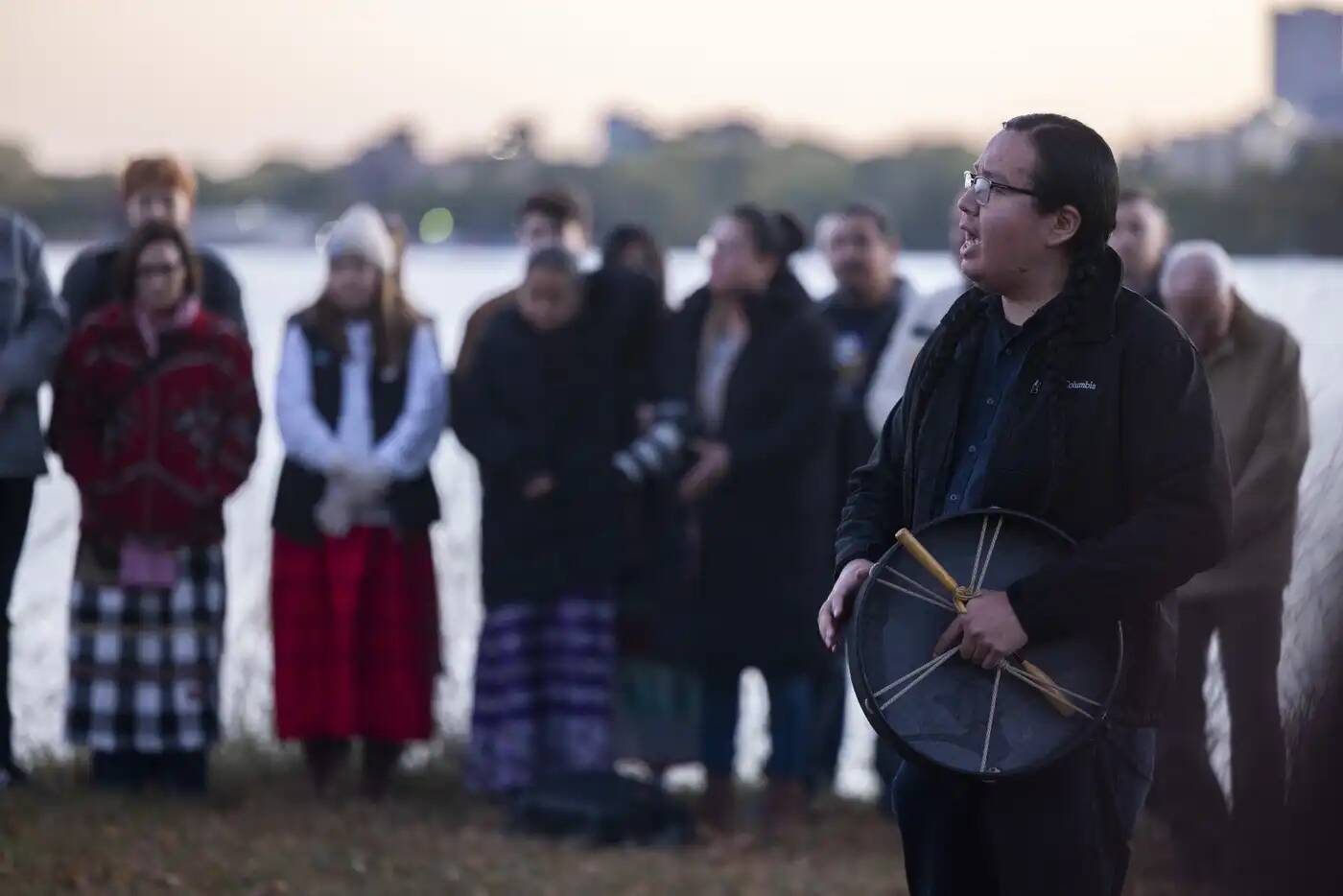
Later, celebrations carried on throughout the Twin Cities and beyond, including a community powwow at the Minneapolis American Indian Center and music, food and art at St. Paul’s American Indian magnet School. Events across the state showcased the strength and vibrancy of Minnesota’s Indigenous communities, turning the day into a joyful, statewide celebration of connection and culture.
Ceasefire in Gaza:
Hope, Skepticism, and Local Echoes
Israel and Hamas have accepted the first phase of a U.S.-brokered ceasefire, a deal that calls for all remaining Israeli hostages to be released, the return of thousands of Palestinian prisoners, and a partial Israeli withdrawal from Gaza. The plan also includes ramped-up humanitarian aid access and a framework for a new governance model in Gaza, but critical steps remain unsolved: Hamas disarmament, the establishment of an international stabilization force, and agreement on future leadership in Gaza.
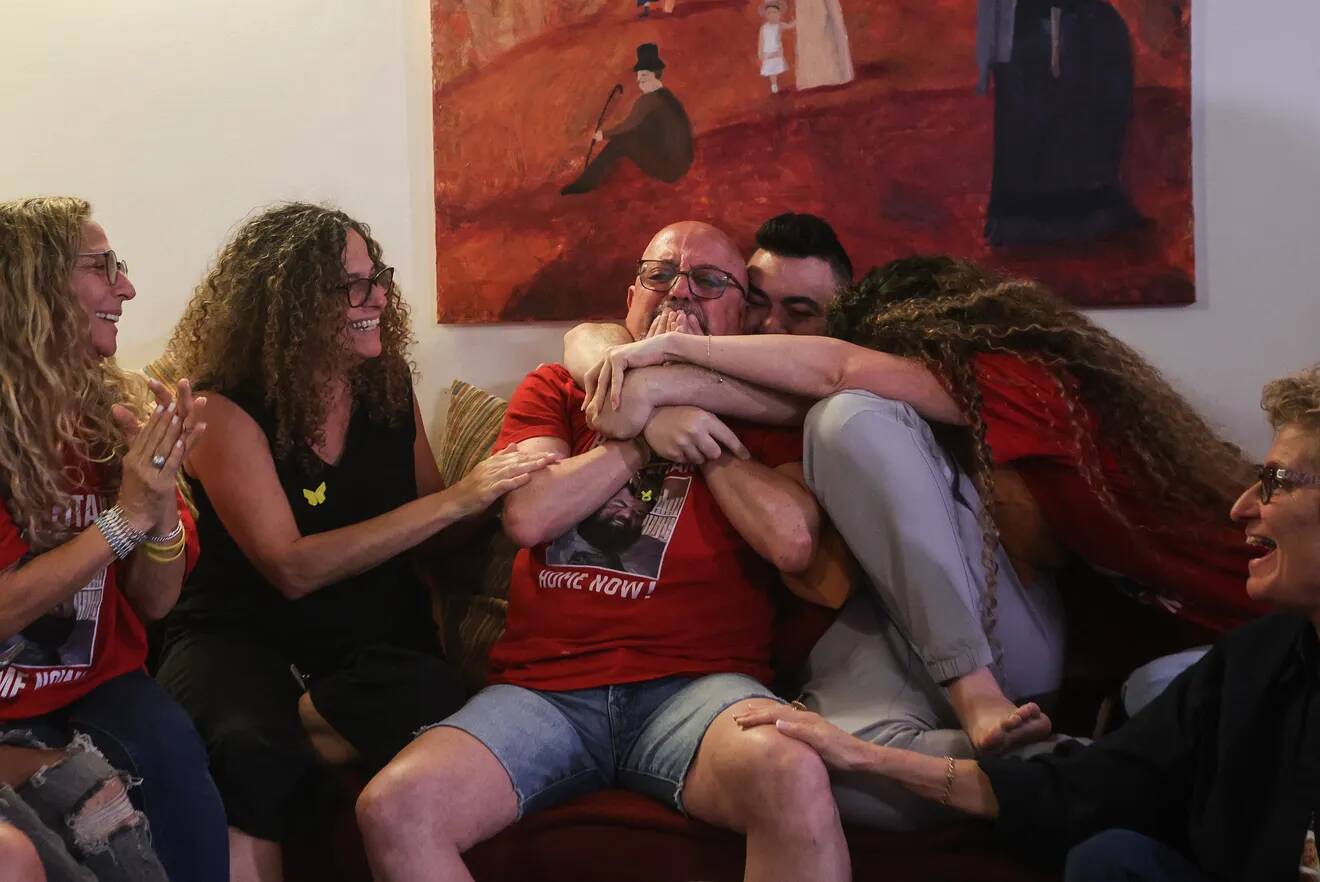
Still, the ceasefire is already fraying in places: reports say Israeli forces fired on a group in Gaza despite the truce, and accusations of violation by both sides are emerging. President Trump has also warned he may resume military pressure if Hamas fails to uphold its commitments. Meanwhile, bodies returned from Israel to Gaza have drawn intense scrutiny, as Palestinian doctors claim they bear signs of execution-style wounds, raising painful questions about conduct on the ground.
Here at home, Minnesota’s Palestinian and Jewish communities are watching closely. Many greeted news of the ceasefire with relief, though skepticism mingles with hope. Leaders from both communities expressed cautious optimism, while faith and community organizations in Minnesota echoed the global tension between what’s promised and what’s delivered.
Protecting Minnesota’s Northwoods
for Generations to Come
The Nature Conservancy has permanently protected 12,271 acres of forest and freshwater habitat north of Two Harbors, its largest land acquisition in Minnesota in 25 years. The land, now part of the Sand Lake/Seven Beavers Preserve, expands the protected area to nearly 20,000 acres and connects more than 40,000 acres of conserved land across northeastern Minnesota.
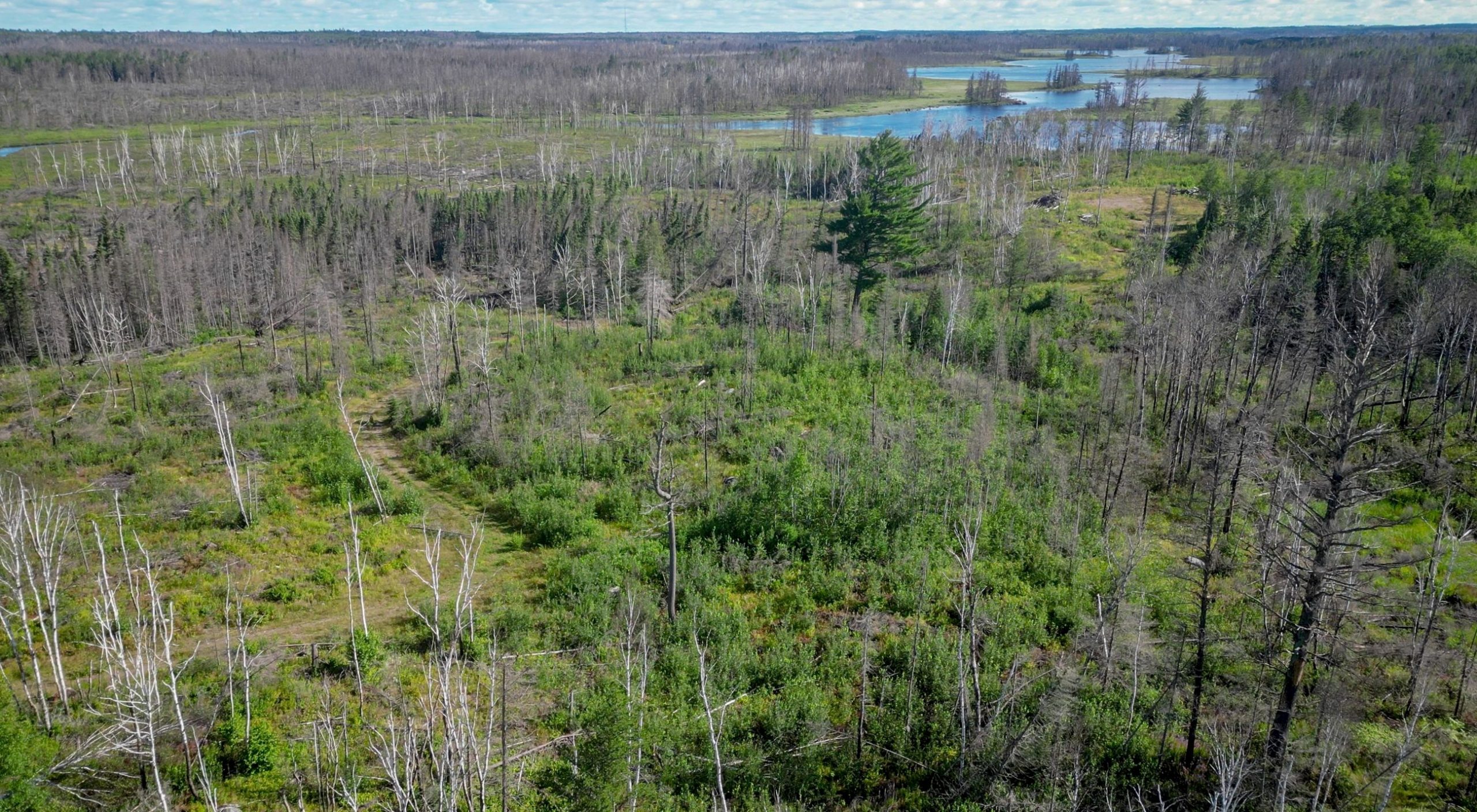
📸 Laura Slavsky/TNC
Home to moose, gray wolves, rare songbirds, and vast peatland forests, the newly protected region safeguards clean water and strengthens climate resilience. The property includes headwaters that feed both Laker Superior and the Boundary Waters, and it will remain open to the public for hiking, hunting, and recreation.
“This was a remarkable opportunity to conserve a significant piece of Minnesota’s Northwoods forever and expand our Sand Lake/Seven Beavers Preserve,” said Ann Mulholland, director of TNC in Minnesota. “By conserving the forests and waters here, we’re ensuring connected wildlife habitat, healthier forests, clean water and continued public access now, and for generations to come.”
Stay informed, stay connected.
See you next week!
–
Mateo and the NewPrensa team
Advertisements


Hi, friend: Mateo here!
I’m a Communications Specialist by day and embracing the cooler fall temperatures by night!
Do you enjoy reading NewPrensa?
Forward it to someone you think may enjoy it too!
Got suggestions, feedback, or a good scoop?
Send it to us at newprensa@newpublica.com or message us on instagram @newprensa
If someone sent this newsletter your way, feel free to subscribe to get local, BIPOC news delivered to your inbox every Thursday morning.

